Creative Alchemy
Featuring: Ana Martínez Orizondo
This month’s featured guest, Ana Martínez Orizondo, is a visual artist and a poet. Coincidentally, it’s National Poetry Month!
Ana’s abstract trees are full of lush, gorgeous color. I keep losing myself in the intricate textures and subtle transitions! Each piece celebrates her sense of kinship with the trees themselves, as well as her deep relationship with the creative process.
Her poetry is full of similar qualities, weaving together memories of her native Cuba with her journey of growth and transformation here in the United States. By integrating Spanish and English, she creates layers of meaning that explore self and others, place and placelessness. Throughout all her work, Ana makes the unseen seen, encouraging viewers to discover new ways to relate to the world, however familiar or new it might be.
Interview: Ana Martínez Orizondo (AMO)
How do you describe your work?
I am a visual artist and poet, an observer and dreamer.
What aspect of your work is most important to you?
In one word: alchemy. The part of the creative process I enjoy most is the unknown, the revelations that happen during the act of creating. I have literally cried looking at my own art, not because it is beautiful, but because it revealed itself to me. My art is mostly abstract, even when it seems representational. In it, there are always nuances that speak to a higher power, not to intent, but rather to the invisible made visible, what is asking to be seen. That is what excites me every time I start a new piece. What will I find in this one, what is it that it wants to communicate?
How are science, art, and writing part of your work, and how is the interaction between these areas important to you?
My Tree Stories series is composed mainly of pastel drawings and acrylic paintings, but also of raw natural materials and oil pastels. Each of these pieces is telling a story for the viewer to interpret. These artworks all start from observation and curiosity.
Like a scientist, I am always starting from the perspective of, if this tree could communicate through language, what would the message be, what can the human species learn from it, what teaching can we take to the future? These questions lead me to interpret my understanding of the intelligence of trees, beyond what science has already discovered, through art. I look at bark markings as cosmic hieroglyphics and try to interpret time and language.
Is there a particular scientific or environmental problem that feels important to you? What do you do about that?
Deforestation. We cannot limit warming to 1.5C without protecting the world’s forests. Trees are our kin. We are not separate from the natural world, but rather part of it. Destroying or eliminating trees because of human excess is disturbing, it deeply saddens me. Hence, I bring it to light via my artwork. It brings me joy when someone takes a picture of a tree and sends it me, or when they say to me, “I’ll never look at trees the same way” after they have seen my work. Through my art I try to evoke a sense of intimacy with our living planet. If I can change how one person sees and cares for a tree, I have succeeded.
How does your identity affect your work?
Although I see myself as cosmic energy, if I were to answer this question differently, as a woman, I feel inherently connected to the earth, moon, sky, the Universe. As a Cuban-born artist, I am influenced by African symbolism and art in general. As an immigrant, my search for “home” and “belonging” is everywhere in my visual and literary work. My first chapbook is literally called That Place, and refers to that search, which ultimately is the Universe itself.
I’d love to hear more about your book!
That Place will be published this spring. It is a result of poems written from 2011-2023, revisited, edited and, in some cases, re-written. The collection is a journey from childhood to womanhood, the psychological imprints of immigration and assimilation, the reverberations of the things that are not said and relational trauma. I explore the idea of mother(s), including Mother Nature. At its deepest level, I am reaching for a sense of belonging.
I chose this particular cover art, “A place called home,” which is inspired by a tree in Central Park, NY., because in a metaphorical sense, it provides an answer. I saw, in the bark of this trunk, many lives making a home in its skin, beings within the body of the tree, a protective womb of sorts. I saw Nature as home, as "that place" which provides a sense of belonging.
How do writing and visual art relate to each other in your work and practice?
My writing process is very different from my art practice. Poetry has a way of condensing, editing down my thoughts into essence. Visual art, on the other hand, has a way of expanding me toward the unknown. It connects me even deeper to that which is beyond human.
I often say that my poetry comes from linear time and my visual art, from cosmic, circular time.
What influences and inspires you?
Anything that inspires my curiosity. It can be the sound of a leaf crackling under my foot, the shape of a tomato, how a shadow moves against the wall, the rhythm of raindrops falling on the roof, the scent of tobacco, silence. Deep, authentic conversations are always inspiring, and very rare.
Where is your favorite place to get inspiration? (from Wriley Hodge, 014)
Meditative walks in nature wherever I am in the world. Some places that have provided inspiration for many of my artworks are: Central Park, New York; Ghost Ranch, New Mexico; Shelter Island, New York; Coral Gables, Florida.
What's your favorite method or technique to learn something new? (from Kate Rutter, 013)
Deep listening, even to silence.
Do you have a memorable experience that has solidified your belief in the value of the work that you do? (from Shirlene Chiam, 012)
When it makes me weep or when a person connects with the natural world more intimately, if at least for a moment, because of my artwork.
How many of the 5 human senses are involved in your workflow? (from Aniruddha Gupte, 008)
For my visual art, definitely sight and touch. I also listen to jazz while drawing. Taste and smell would be the least involved in my visual art practice, but as a poet, every sense is involved, including my sixth sense.
Do you have a formative experience from growing up that you feel was your 'spark' to lead to you where you are now? (From Jenn Houle, 006)
When I was twelve or so, I had, what I now call, a mystical experience looking out the window onto a tree in our Queens apartment. That experience changed me forever.
If you could have a day to hang out with anyone in history, who would you choose, why, and what would you do together? (From Yvea Moore, 004)
Carl Jung. I would love to sit and draw alongside him while he, too, drew. Talk about dreams and their interpretation, and have endless deep conversations, then end our day with a long walk in nature.
Thank you so much, Ana!
To learn more about Ana and her work, please visit her website and follow her on Instagram. You can also order her new book (coming on May 31st!), That Place, here.
Branching Out
Rooted (Stuff I like, maybe slightly off topic):
Another artist whose work I find inspiring, April Coppini, shared a post on Instagram that feels like a poem to me—both the words and the image, together, and individually.
Rounded (Preview of coming attractions):
Creature Conserve scholarship applications are open! This is a wonderful opportunity for artists, writers, and scientists of all levels of experience—and from anywhere in the world—to receive guidance and funding. Applications close April 30th.
The May issue of Twig & Ink will feature Shivani Shenoy.
My work is finding its way out into the world! In the coming months I’ll have a restoration-themed piece in the show “Exploring Climate Change Through Art” at National Center for Atmospheric Science’s Mesa Lab in Boulder, Colorado. Also, from mid-May through August, I will have a solo show at The Highlands in Reading. This will include a large restoration-themed installation that has been fun (and challenging!) to create. Later in the summer, my work will also be part of a nature-focused show locally. More information coming soon!
Starting in May, I will send this Branching Out section separately at the beginning of each month. The interview will still arrive mid-month.
Reaching (A question for you!):
Question: What value does art have for scientists? (Feel free to apply a broad definition of art here—visual, performing, writing, etc.). I’d love to hear your thoughts in the comments below!


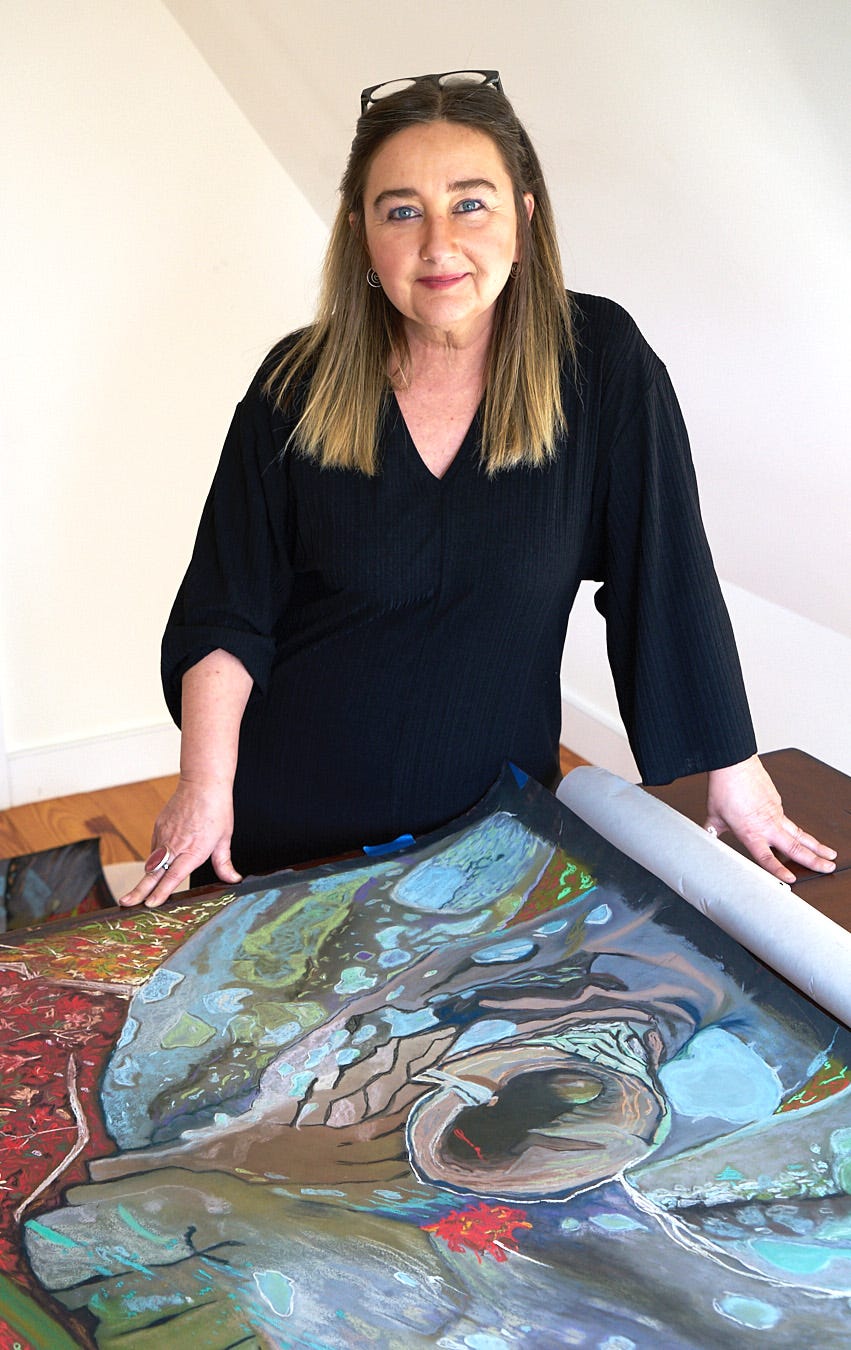


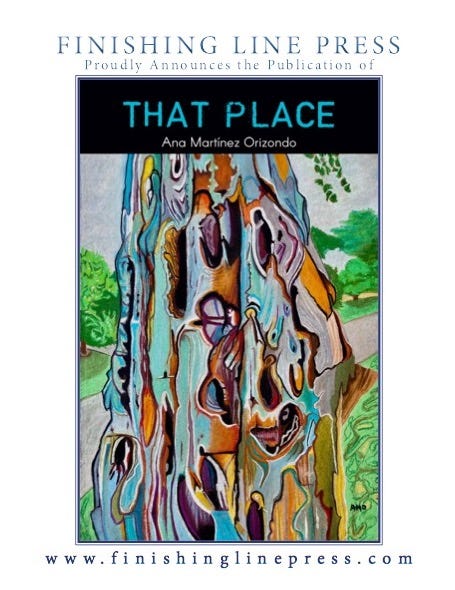

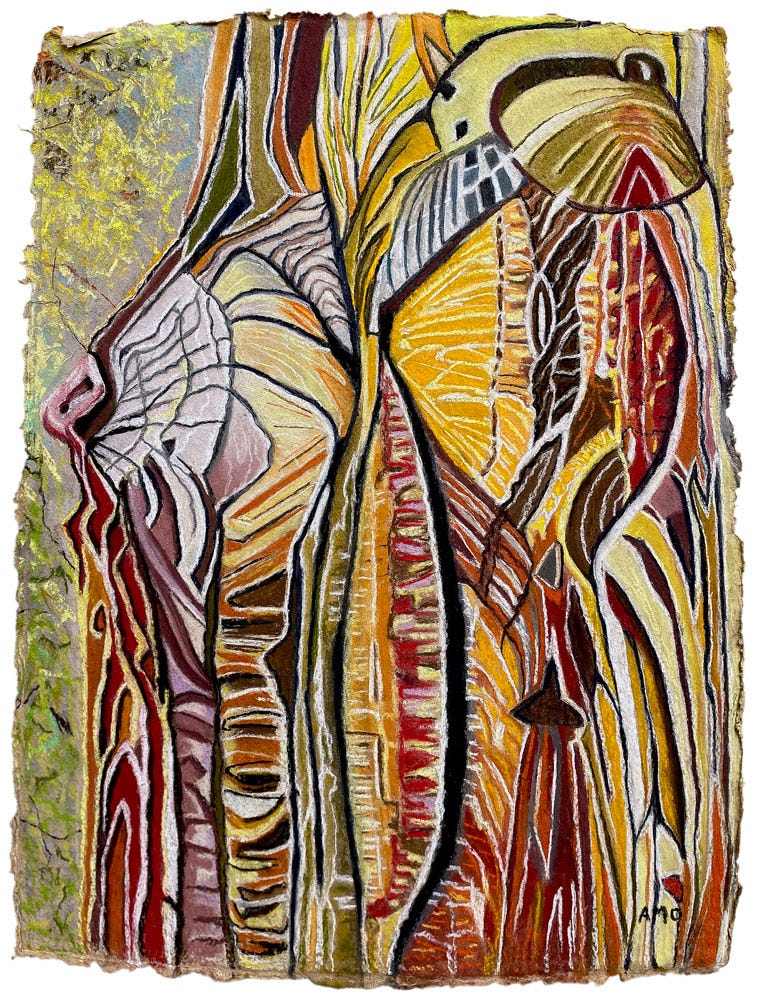
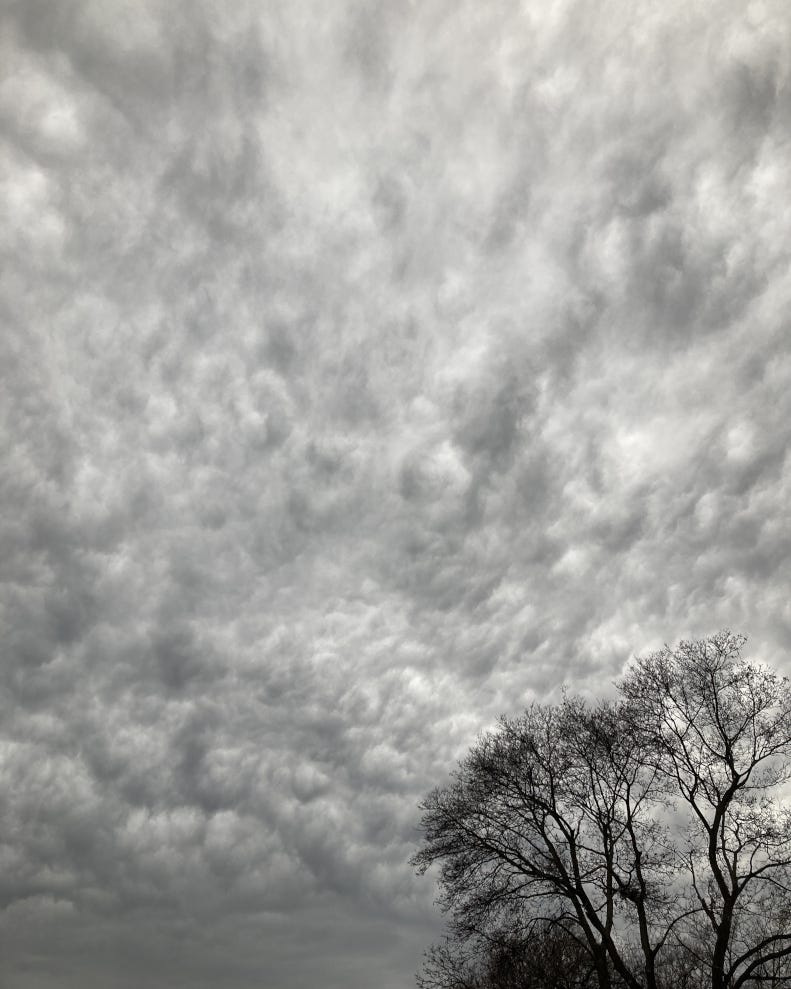
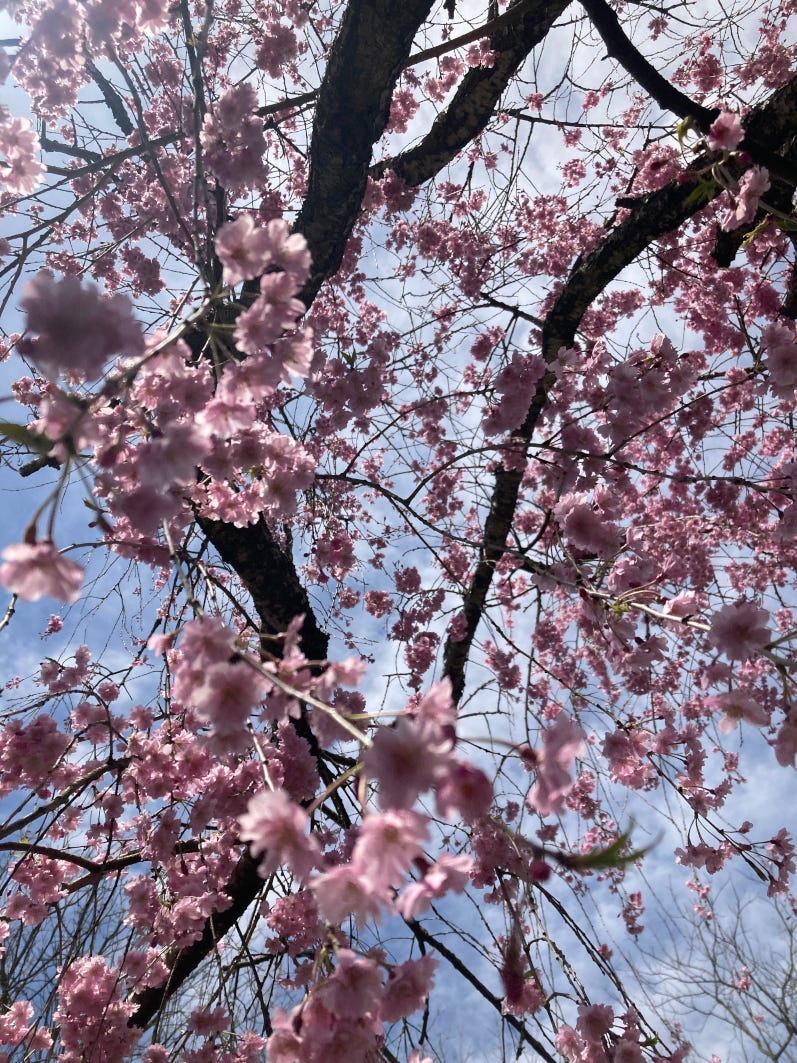

Wow, Ana's art is stunning! Love this interview.
It’s undiscovered value, still. But absolutely value in clarifying new ways of thinking about a topic, and then in how to share that topic with others beyond academia.